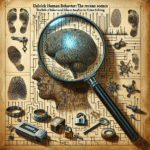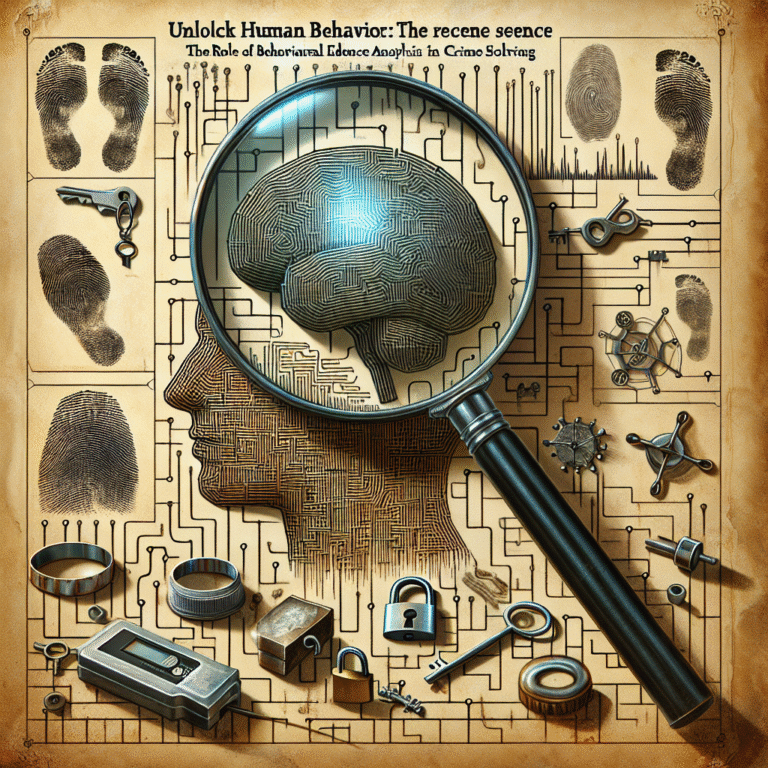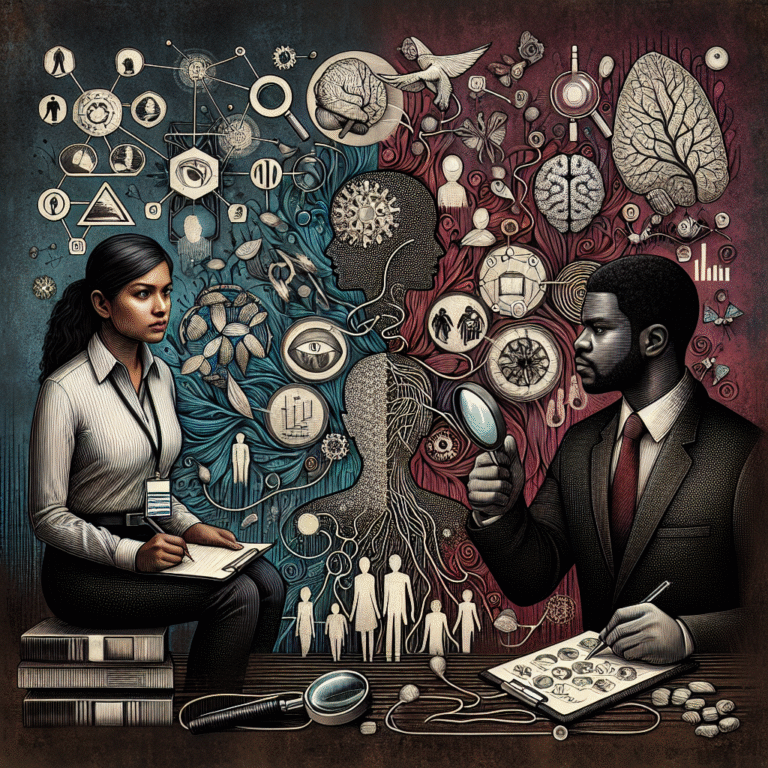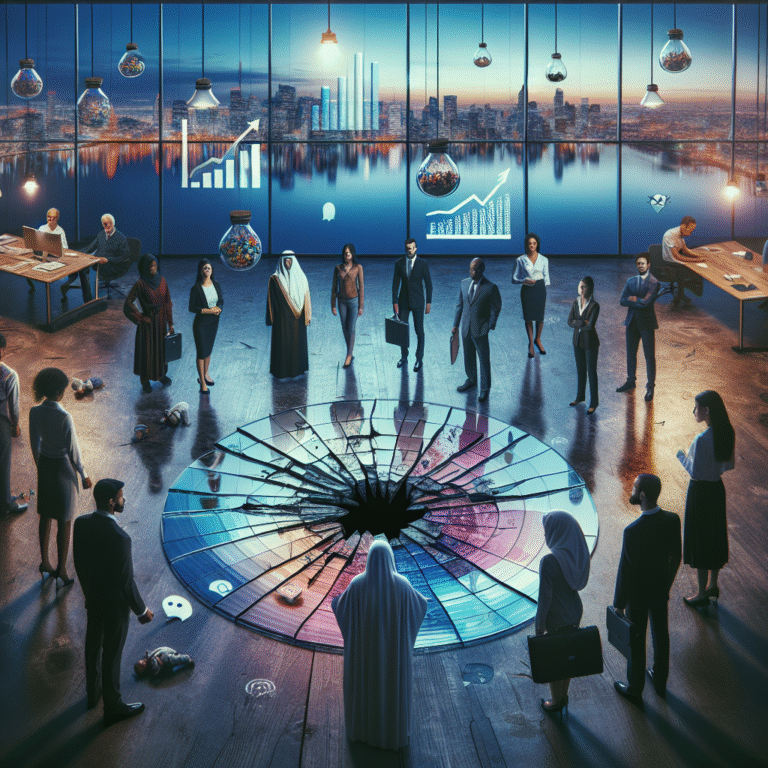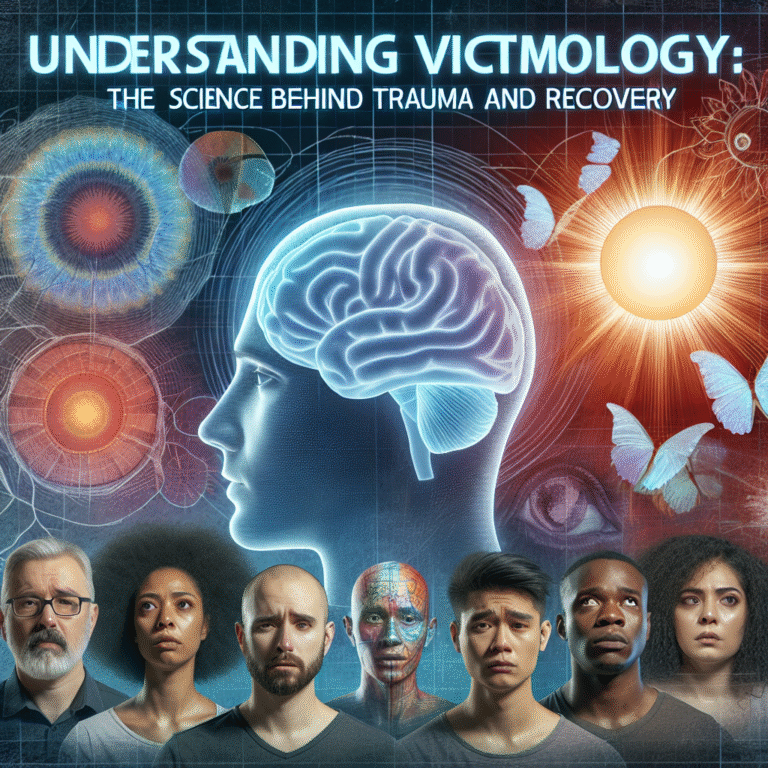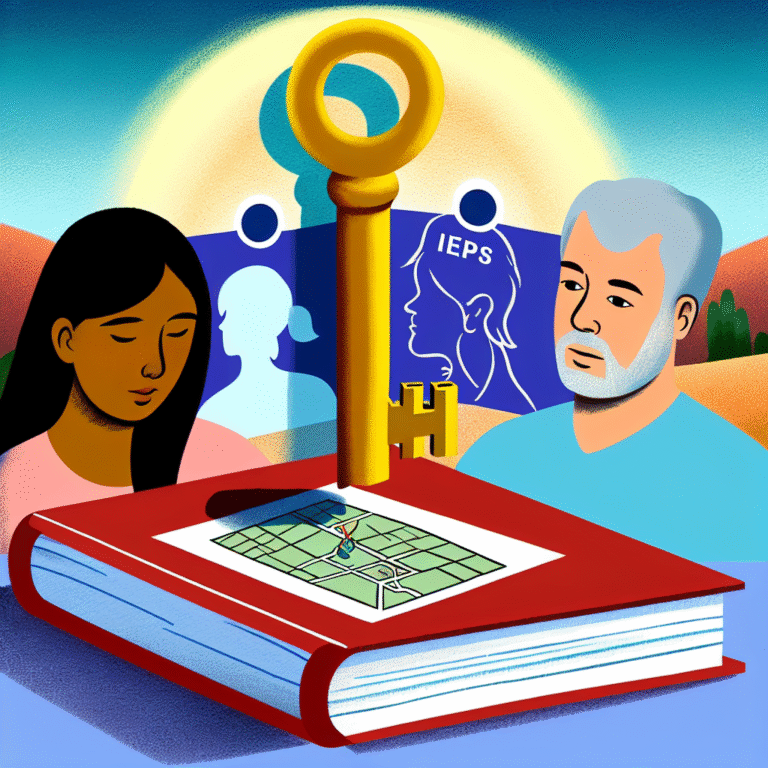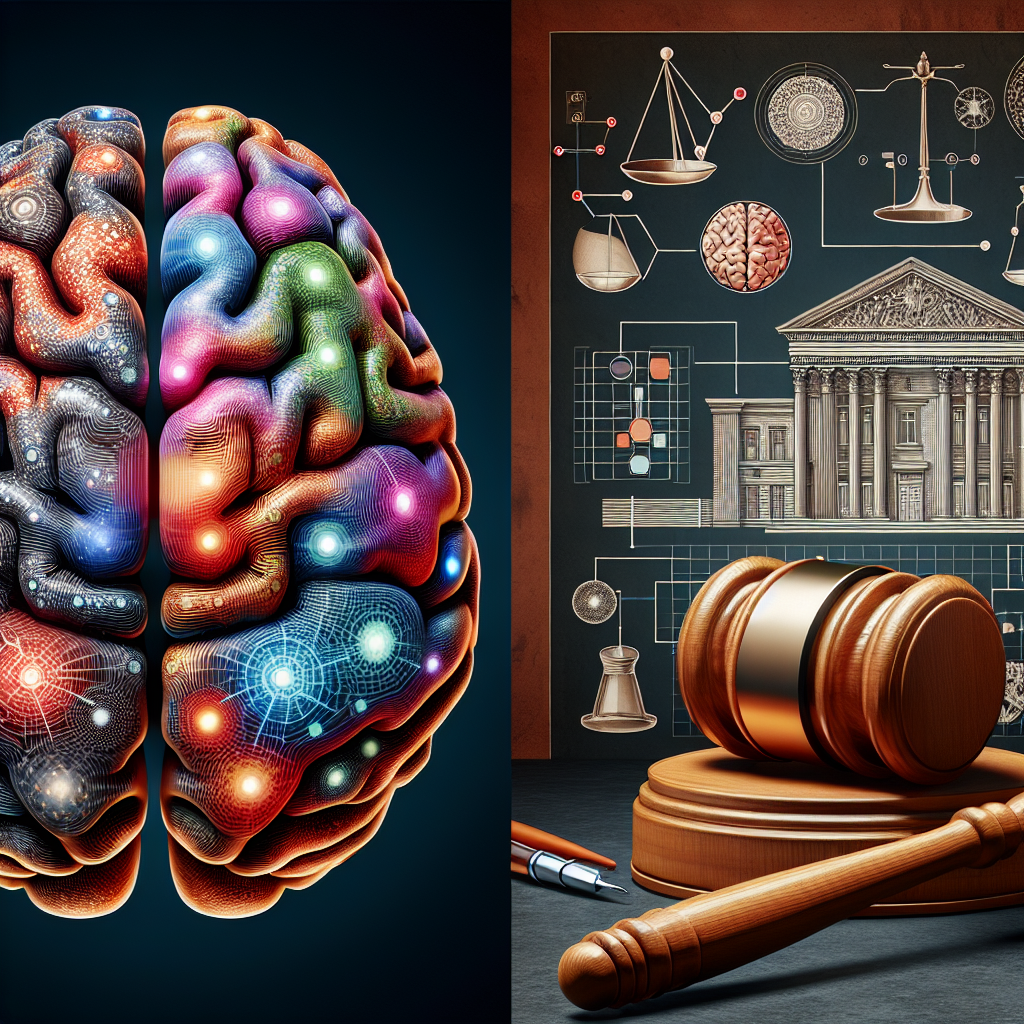
Introduction
Imagine entering a courtroom, where traditional evidence is complemented—or even challenged—by brain scans and psychological assessments. The world of neuropsychological forensics has dramatically transformed the landscape of legal evidence. From the days when courtroom judgments were solely based on witness testimony and physical evidence to a future where the brain itself can be scrutinized for insights into behavior and intent, the evolution of this field is profound.
Neuropsychological forensics marries the worlds of psychology, neuroscience, and law, offering new tools and insights into human behavior. As we explore "From Brain Scans to Courtroom Evidence: The Essential Evolution of Neuropsychological Forensics," we’ll dive into its history, present-day applications, and future possibilities.
The Birth of Neuropsychological Forensics
Historical Milestones in Forensic Psychology
Understanding how we arrived at today’s neuropsychological practices requires a glance backward. Forensic psychology has its roots in the early 20th century when psychologists began to apply their understanding of mental processes to legal issues, assessing competencies, and providing insights into criminal behavior. A critical milestone occurred in the 1970s when psychologists began utilizing brain imaging techniques.
Table 1: Timeline of Key Events in Forensic Psychology
| Year | Event |
|---|---|
| 1908 | Introduction of forensic psychology |
| 1970s | Advancement in brain imaging techniques |
| 1990s | Integration of neuropsychology in court cases |
| 2000s | Rise of fMRI and its applications in law |
The Introduction of Brain Imaging Techniques
The development and accessibility of brain imaging tools, particularly MRI and fMRI, allow neuroscientists to visualize brain activity and structure. These methods reveal invaluable information about cognitive functions, emotional responses, and potential pathological conditions—all critical in understanding behavior during legal assessments.
Brain Scans in Legal Contexts
The Use of Neuroimaging as Evidence
Neuroimaging has transformed how we view mental states. As courts increasingly accept brain scans as valid evidence, discussions around their admissibility and reliability have surfaced. While many have embraced the potential of these technologies in revealing cognitive impairments or behavioral intentions, critics raise concerns about ethical implications and the risk of oversimplification.
Case Study: The "Brain Activity During the Crime" Defense
One notable case is that of defendant John Doe, who claimed he was not in control during a crime due to neurological issues starkly represented in his brain scans. His defense team utilized fMRI results to illustrate abnormal brain activity at the time of the crime, arguing that his cognitive function was impaired. The jury ultimately acquitted him, showcasing how "From Brain Scans to Courtroom Evidence: The Essential Evolution of Neuropsychological Forensics" can shift the dynamics within courtrooms.
Ethical Considerations in Neuropsychological Forensics
As technology enables deeper insights into the brain, ethical considerations have gained prominence. For instance, how do we ensure that brain scans are interpreted correctly? Can they ever fully encapsulate the complexity of human behavior? Moreover, do we risk reducing individuals to mere images of their brain activity?
Neuropsychological Assessments: Tools for Understanding Human Behavior
Diverse Assessments in the Field
In addition to imaging techniques, various neuropsychological assessments provide insights into cognitive and emotional functioning. Tests like the MMPI (Minnesota Multiphasic Personality Inventory) and WAIS (Wechsler Adult Intelligence Scale) are used to evaluate personality traits and intelligence, respectively. Their findings can be instrumental in legal cases when establishing a defendant’s mental state.
Case Study: The Insanity Plea and Neuropsychological Testing
In the 2015 case of Jane Smith, her team used neuropsychological assessments to argue for an insanity plea. Through detailed evaluations, experts presented a compelling case illustrating her inability to discern right from wrong due to a diagnosed mental illness. This case has become a benchmark, demonstrating that "From Brain Scans to Courtroom Evidence: The Essential Evolution of Neuropsychological Forensics" encompasses various tools beyond just imaging.
Training for Neuropsychological Forensics Professionals
The evolving landscape of neuropsychological forensics necessitates specialized training. Professionals in the field must understand both the legal implications and neurological aspects to effectively interpret and communicate findings. Courses and certifications are increasingly aimed at bridging these disciplines.
Challenges and Controversies
Reliability of Neuroimaging as Evidence
Despite advancements, the reliability of neuroimaging remains a hotly debated topic. Critics argue that images may reflect correlation rather than causation, making them difficult to interpret. Additionally, variations in individual brain structure can complicate comparisons across cases, exemplifying the variances that exist within human cognition.
The Risk of Misinterpretation
Misinterpretation of results can lead to serious legal ramifications. A brain scan showing heightened activity in emotional centers might not directly correlate with criminal intent. Thus, understanding the nuances and limitations of these technologies is critical.
Case Study: Misuse of fMRI in Legal Defense
In 2018, the defense for a high-profile case misrepresented fMRI findings as proof of the client’s incapacity for intent. This misstep resulted in backlash against the validity of neuroimaging techniques in court, emphasizing the need for rigorous standards and clear guidelines.
The Future of Neuropsychological Forensics
As technology continues to evolve, so do the applications within neuropsychological forensics. Emerging techniques, such as machine learning and advanced MRI, promise to deliver even richer data and understanding of human behavior.
Table 2: Emerging Trends in Neuropsychological Forensics
| Trend | Implication |
|---|---|
| Machine Learning | Improved accuracy in predicting behaviors |
| Advanced MRI Techniques | More detailed brain mapping |
| Multidisciplinary Teams | Enhanced understanding through collaboration |
Conclusion
The journey from primitive assessments of human behavior through to brain scans provides a revelation of how far neuropsychological forensics has come. Today, as we witness "From Brain Scans to Courtroom Evidence: The Essential Evolution of Neuropsychological Forensics," we see more than just technological advancements; we witness a fundamental shift in how we understand and interpret human behavior in the legal system.
Each case study and technological advancement propels us closer to a deeper understanding of the mind’s complexities. Nevertheless, ethical considerations, the potential for misuse, and the evolving nature of mental health must continue to be at the forefront of this journey.
As we look to the future, the lessons learned from past cases and the continual development of neuropsychological tools can inspire professionals in law and psychology to work together. By doing so, we can ensure that the evolution of this essential field remains grounded in ethics, accuracy, and authenticity.
FAQs
1. What is neuropsychological forensics?
Neuropsychological forensics combines psychology and neuroscience tools to assess and evaluate mental states in legal contexts, often using brain imaging techniques.
2. How reliable are brain scans in court?
While brain scans, like fMRI, provide insights into brain function, their interpretation is complex and not always directly connected to behavior, making reliability a debated issue.
3. Can neuropsychological assessments predict behavior?
These assessments can offer valuable clues about cognitive processes and potential behaviors but are not definitive predictions as many factors influence human behavior.
4. Are brain images admissible as evidence in court?
Yes, brain images can be admissible as evidence, but their acceptance depends on the jurisdiction and the quality of the scientific standards backing the interpretation.
5. What ethical considerations arise with neuropsychological forensics?
Ethical considerations include the potential for misinterpretation of brain data, the risk of oversimplifying mental illnesses, and the effects of presenting neurological evidence on jury perceptions.
As we embrace the journey of neuropsychological forensics into the courtroom, it is essential to uphold the highest standards of science and ethics, ensuring that justice is served comprehensively and accurately.


